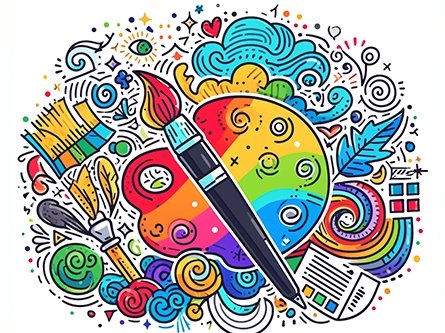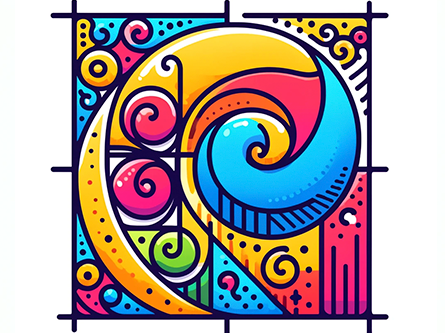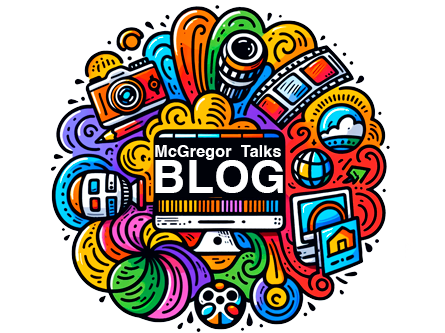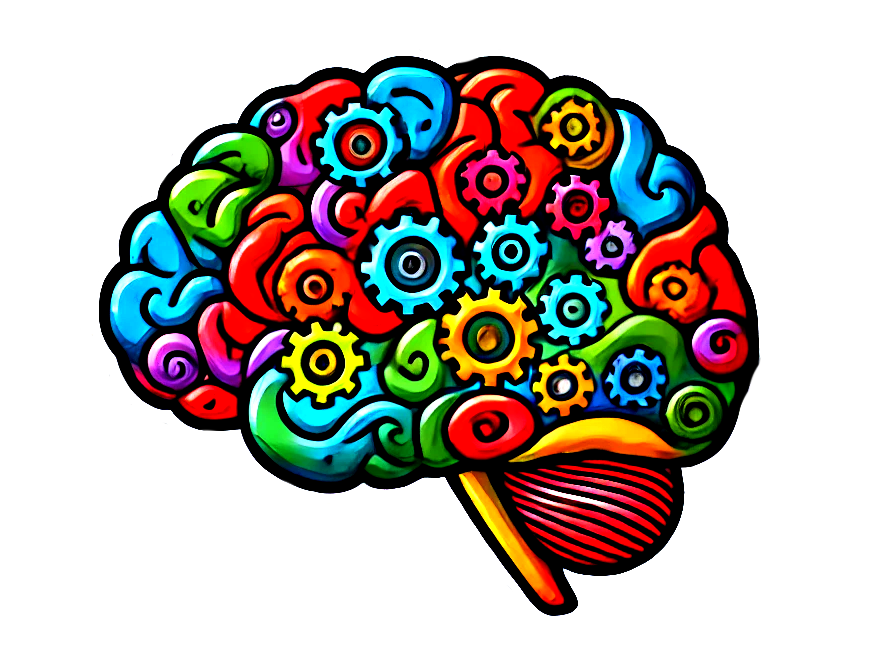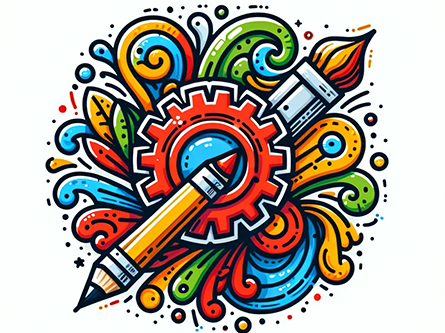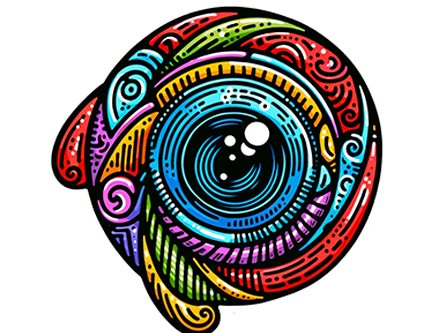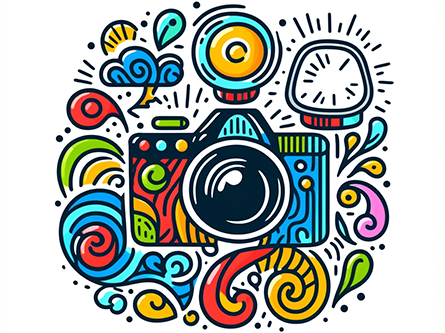Starting your creative process can often feel daunting, whether you're drafting the next big ad campaign, designing a user interface, or penning a short story. Here are some structured steps to help you ignite your creativity and begin your project with confidence:
1. Set Clear Objectives
Begin by defining what you want to achieve with your project. Clear objectives will guide your creative decisions and provide a benchmark against which you can measure your progress. Ask yourself what the purpose of the project is, who the target audience is, and what message you want to convey.
2. Gather Inspiration
Inspiration is everywhere — from the natural world to the vast digital landscapes of art and design. Spend time gathering materials that spark your interest or resonate with your project's theme. This could be anything from photographs, artworks, articles, and films to observing life around you. Tools like Pinterest, Instagram, or design blogs can be valuable resources for collecting visual and conceptual inspiration.
3. Brainstorm and Ideate
With your goal in mind and a pool of inspiration at your disposal, start brainstorming. Write down every idea, no matter how offbeat or unconventional. Use mind maps, free writing, or sketching to visually organize thoughts and explore connections. This phase is about quantity over quality, as the best ideas often emerge from a pile of possibilities.
4. Refine Your Ideas
Once you have a broad range of ideas, start refining them. Filter out the less viable options and develop the more promising ones. Consider factors like feasibility, impact, and relevance to your objectives. This is also a good stage to get feedback from peers or mentors, as fresh eyes can offer new perspectives and challenge your assumptions.
5. Create a Prototype or Draft
Translate your refined ideas into a tangible form. Depending on your field, this might be a draft, a sketch, a prototype, or a storyboard. The key here is to bring your concept to life in a way that you can interact with and evaluate. Don’t worry about making it perfect; this stage is about experimentation and iteration.
6. Revise and Improve
Review your prototype or draft. What works and what doesn’t? Is there alignment with your initial objectives? Use this evaluation to make adjustments and refine your concept. This phase might require several rounds of revisions—embrace this as a necessary part of achieving the best outcome.
7. Finalize and Deliver
With your revisions complete, finalize your project. Ensure every element aligns with your goals and polish details to enhance professionalism and coherence. Once satisfied, prepare your project for delivery, whether that means sending it to a client, publishing it online, or presenting it to an audience.
The creative process is inherently cyclical and non-linear, often requiring you to loop back to previous steps before arriving at a finished product. Embrace the journey, as each phase offers unique insights and opportunities for growth. By setting a structured process, you can channel your creativity effectively, leading to results that are both innovative and impactful.

